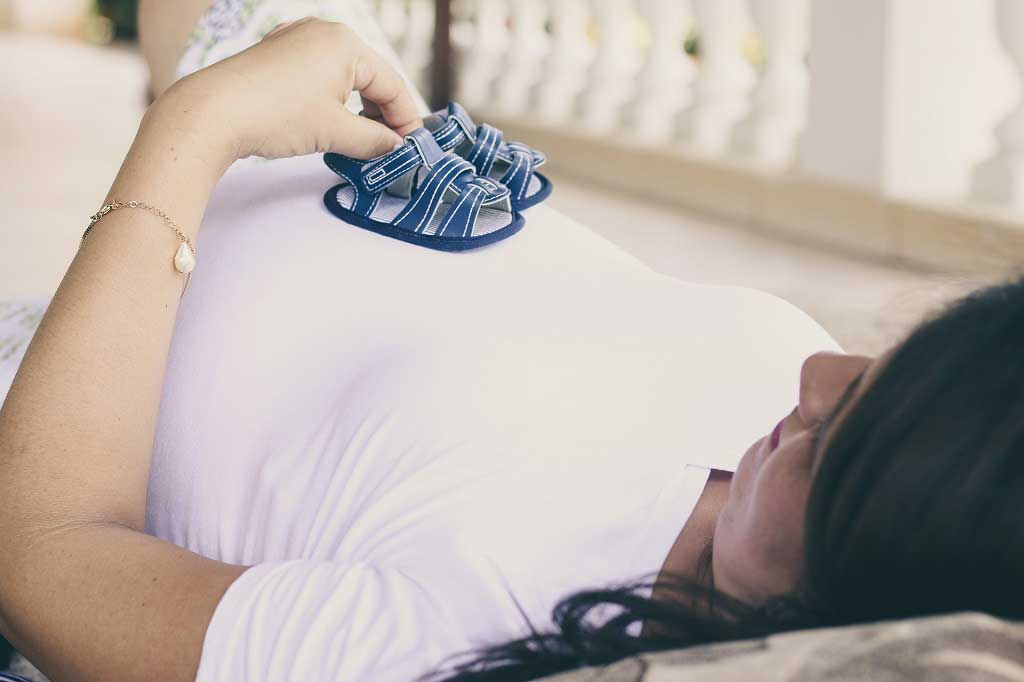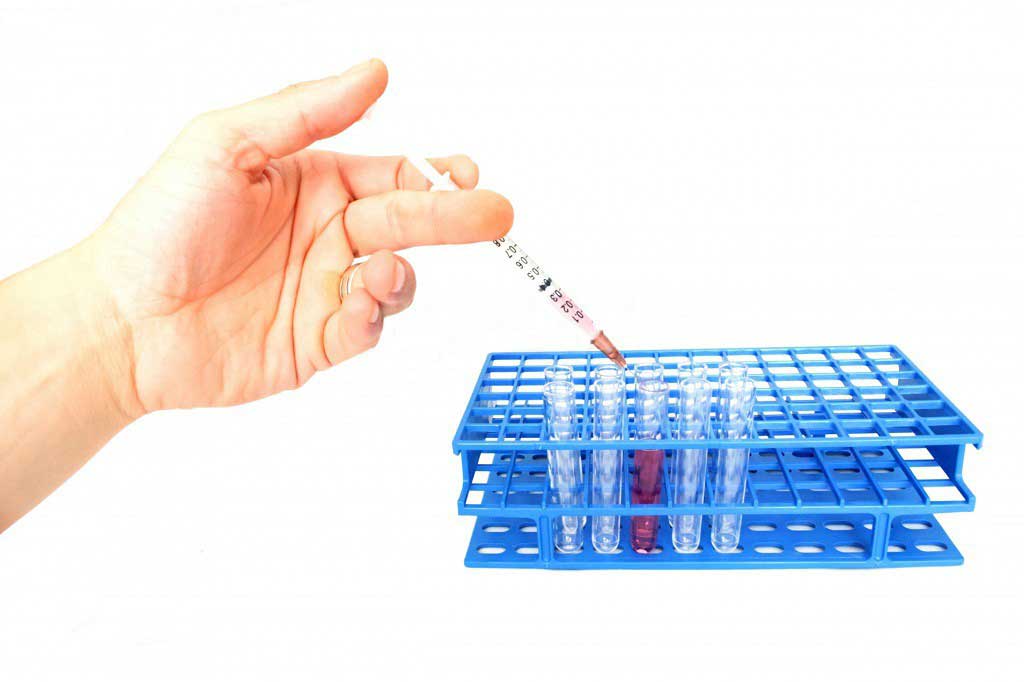Low back pain
"I can continue going about my daily life."
Kiran Mohan tells his story about his struggle with back pain.
"My back problems started in 1999 when I developed a severe pain in the heel of one of my feet, which gradually progressed to the other foot. It was incredibly painful and badly affected my walking. It was eventually diagnosed as plantar fasciitis, a condition where the heels and surrounding joints become inflamed. This condition means that I walk with a limp, which in turn kicked off my lower back pain.
"Because I'm a teacher, I can't remain seated for most of the day to take the weight off my feet. This can make the problem much worse. My doctor recommended a lower back exercise class, which was a six-week course of relevant exercises. It helped, and I found that the exercises gave me some relief. But over the years I've also privately seen an osteopath, had acupuncture and tried Pilates. Because of my limping, I've also had a couple of falls, which have caused whiplash and made my lower back pain much worse.
"In 2002, after trying just about everything, I started to see a chiropractor. Since doing so I have seen a significant improvement. Unfortunately, my everyday activities mean that I can't rest as much as I would like. No doubt this affects the rate of my recovery. Chiropractic treatment has certainly improved my quality of life and, with a few treatments along the way, I can continue going about my daily life."
Introduction
Back pain is a common problem that affects most people at some point in their life. It may be triggered by bad posture while sitting or standing, bending awkwardly, or lifting incorrectly.
Symptoms
You should seek urgent medical help if you have back pain and a high temperature (fever), unexplained weight loss, a swelling or a deformity in your back, it's constant and doesn't ease after lying down, etc.
Causes
Your back is a complex structure made up of bones, muscles, nerves and joints. This can often make it difficult to pinpoint the exact cause of the pain.
Diagnosis
Most cases of back pain do not require medical attention and can be treated with over-the-counter painkillers and self-care. However, you should visit your GP if you are worried about your condition or struggling to cope with the pain.
Treatment
Treatments for back pain vary depending on how long you have had the pain, how severe it is, and your individual needs and preferences. Initially, back pain is usually treated with over-the-counter painkillers and home treatments.
Lower back pain exercises
There are some simple back exercises and stretches you can do at home to help ease lower back pain and improve your strength and flexibility.
Prevention
Keeping your back strong and supple is the best way to avoid getting back pain. Regular exercise, maintaining good posture and lifting correctly will all help. How you sit, stand and lie down can have an important effect on your back.
"I've picked up my life again."
Back pain was agony for Anne Parker from Berkshire, but thanks to the right diagnosis shes now walking tall. My bad back started 12 years ago with pains in my right buttock. When I saw my GP, he said the problem was actually my back,and he gave me painkillers.
"I can continue going about my daily life."
Kiran Mohan tells his story about his struggle with back pain. "My back problems started in 1999 when I developed a severe pain in the heel of one of my feet, which gradually progressed to the other foot." he says.







 Subscribe
Subscribe Ask the doctor
Ask the doctor Rate this article
Rate this article Find products
Find products